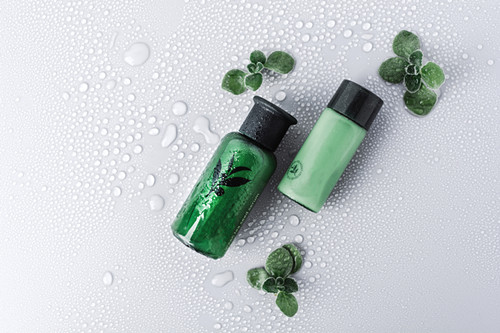Based on data retrieved from China’s National Medical Products Administration (NMPA), three new cosmetic ingredients were successfully filed between June 16 and June 18, 2025. Detailed information is provided in the table below. At present, the associated technical specifications have not been made public, and the ingredient has not yet entered the post-filing monitoring period.

Filing Date | New Cosmetic Ingredient | Filing Number | Filer | Filer Location |
2025/6/16 | Bacillus/Cordyceps Sinensis Ferment Filtrate) | GZYBZ 20250075 | Hangzhou Weizhi Biotechnology Co., Ltd. | Domestic |
2025/6/17 | Cinnamomum burmannii (Nees & T. Nees) Blume Twig/Leaf Oil | GZYBZ | Guangdong Huaqingyuan Biotechnology Co., Ltd. | Domestic |
2025/6/18 | Matrine Caffeate | GZYBZ 20250077 | Shenzhen Shanhai Innovative Technology Co., Ltd. | Domestic |
*“GZYWBZ”is short for "Guozhuang Yuan Bei Zi"
Interpretation of Selected New Cosmetic Ingredients
Cinnamomum burmannii is a species in the Lauraceae (laurel) family and the Cinnamomum genus. It is a tree that typically grows up to 14 meters tall, with smooth bark ranging from grayish brown to dark brown. The species is mainly distributed across Southeast Asian countries such as Vietnam and Indonesia. In China, it is primarily found in Guangdong, Guangxi, Yunnan, and Fujian provinces. It grows in open forests, dense woodlands, or shrublands at altitudes of 100 to 1,400 meters, and in southern China, it can grow at elevations up to 2,100 meters.
The scent of Cinnamomum burmannii is very similar to that of cinnamon, and it is often used as a substitute for cinnamon bark. Its bark, leaves, and roots can all be used to extract aromatic oils. The essential oils derived from this species are rich in aldehydes and ketones and are widely used in the fragrance and pharmaceutical industries. The aromatic oil extracted from the bark is known as Guang Gui Oil, which can be used in food flavorings as well as in soap fragrances and cosmetics. The oil extracted from the twigs and leaves is known as Guang Gui Leaf Oil, which is typically used in cosmetic fragrances.
Recently, CIRS Group is proud to officially launch the Global CosIng-A One-Stop Search Tool for Global Cosmetic Compliance Information. You can visit Global CosIng and find out more via the following link: https://globalcosing.chemradar.com/
If you need any assistance or have any questions, please get in touch with us via cosmetic@cirs-group.com.
About CIRS
The CIRS cosmetic team is dedicated to ensuring that cosmetic products meet stringent global regulatory standards. It can provide one-stop services covering the whole life-cycle of a personal care product, which includes cosmetic ingredient development, physical/chemical tests, toxicological tests (in vivo & in vitro), efficacy studies (in vivo & in vitro), ingredient registration, and product registration.
Cosmetic services in China:
- China Cosmetic Registration and Filing;
- China New Cosmetic Ingredient Registration and Filing;
- China Cosmetic Ingredient Quality and Safety Information Code Application (NMPA Code);
- China Cosmetics Safety and Efficacy Test;
- China Cosmetic Safety Assessment Report;
- China Toothpaste Filing;
- China Disinfectant Notification; and
- China Cosmetic Formula/Label/Claim Review
If you need any assistance or have any questions, please get in touch with us via service@cirs-group.com.

